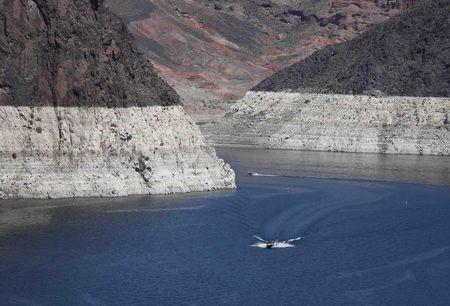
© Reuters/Jim UrquhartLow water levels of Lake Mead is seen near the Hoover Dam on the Nevada and Arizona border in this April 11, 2015, file photo.
The largest capacity reservoir in the United States has hit its
lowest water level in history following years of severe drought that have dramatically reduced flows from the Colorado River, water managers said on Wednesday.
Officials said Nevada's Lake Mead, the 79-year-old reservoir created by the massive Hoover Dam, registered 1,074.98 feet (327.7 meters) above sea level late on Tuesday, but was able to rise above a critical mark by early on Wednesday morning.
A water level of below 1,075 feet projected for January would translate to water cutbacks in 2016 for two U.S. western states, Arizona and Nevada. An announcement would be made this August.
But a U.S. Bureau of Reclamation spokeswoman said cutbacks are not expected to be implemented and that projections are for the water level to be 6 feet (1.8 meters) above the trigger point.
"We don't expect that to happen right now," spokeswoman Rose Davis said, referring to possible cutbacks. "Right now the probability of a shortage for 2016 is negligible."
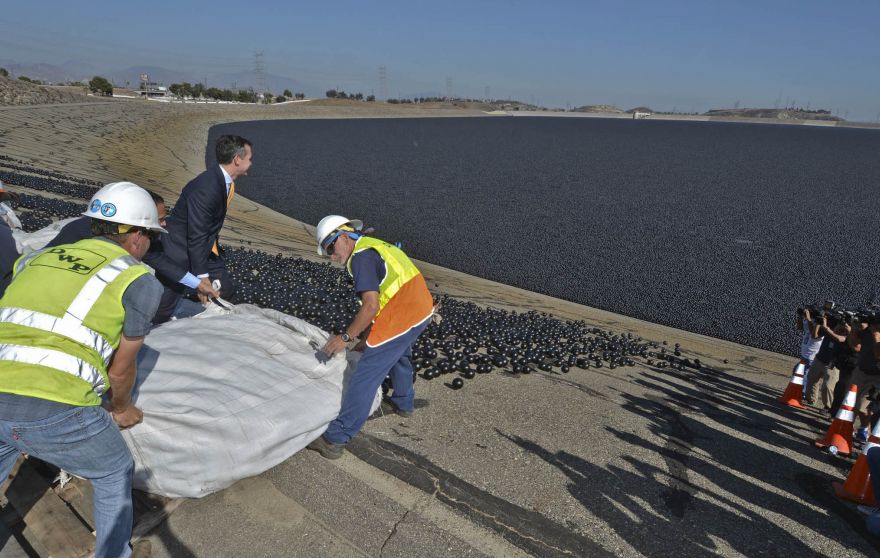
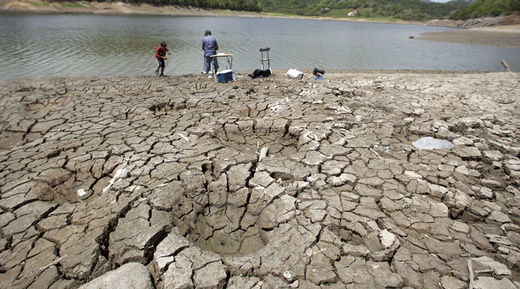
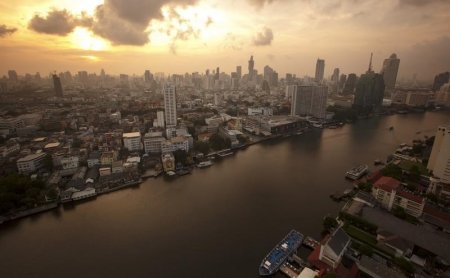
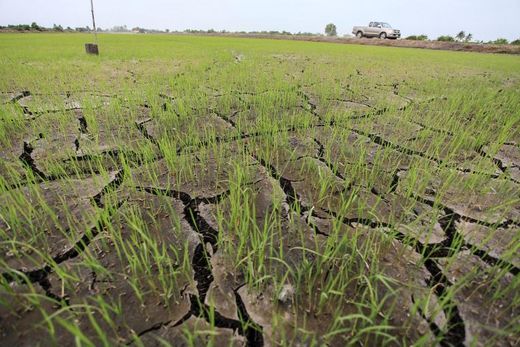
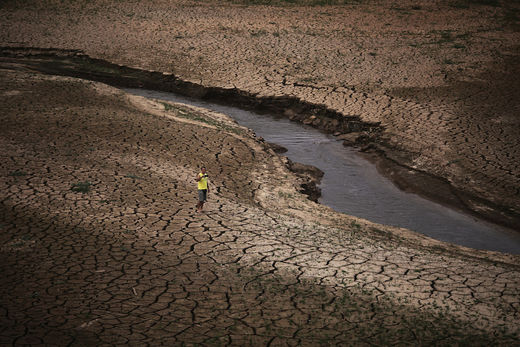

Comment: Can't wait to see how this turns out.